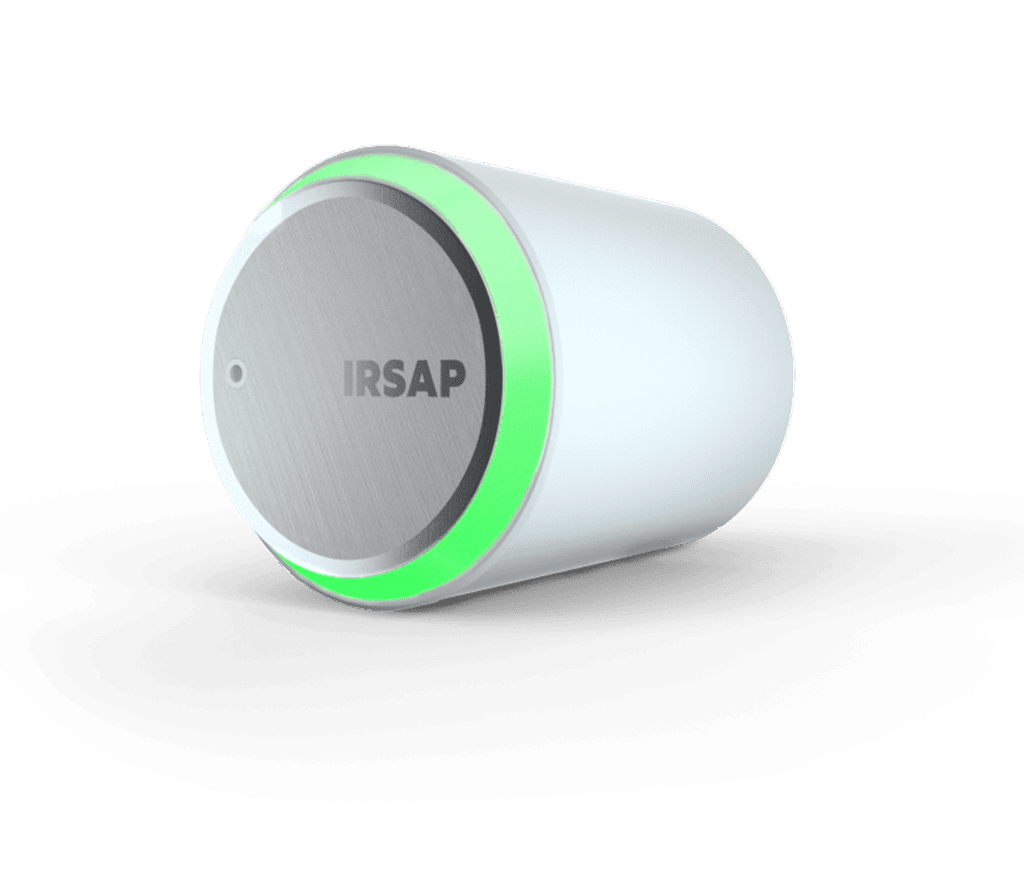
Where to position a radiator
Where to position a radiator
The correct positioning of a radiator helps achieve a more even heat distribution, enhancing the sense of comfort for those in the room. This, in turn, optimises their performance and saves on energy bills. Let's explore together where to install radiators in our homes.
How to position radiators in the house?
The first consideration to keep in mind when deciding where to install radiators is that it's advantageous to place them near a cold air inlet in the room. Cold air coming into contact with warm air ensures the circulation of air at an appropriate temperature within the room.
To facilitate air circulation and prevent energy loss, some enduring rules apply.
- Do not install the radiator behind sofas and bulky furniture that would obstruct the heat's spread.
- Remember that the space in front of the radiator should be clear.
- Do not cover them with curtains, either short or long ones that reach the floor. Short curtains disrupt the upward flow of warm air, while long ones trap heat, rendering the radiator's operation ineffective.
An ideal location is behind the door of each room, to be kept closed when the heating is on. By doing so, the door doesn't act as a barrier, and the heat doesn't dissipate into a colder area, such as the hallway outside the room.
The correct placement also depends on the type of radiator. When considering designer radiators, designed to be decorative elements that fully match the home's style, they can be mounted on the interior wall of the relevant room, especially if they are vertically oriented.
In this case, they can be installed in the coldest spot to cover a more extensive area, especially if their thermal power is high.
Why are radiators put under windows?
Just as a radiator is installed near a door where colder air enters, it is often positioned under a window. There are two reasons for this choice.
- The window is a point where colder air is more likely to enter and a radiator placed nearby counteracts the cold.
- It is an area of the living space where other pieces of furniture are typically absent, optimising the available space.
On the other hand, the debate on whether a radiator should be placed under the window or not continues. Some argue that in the presence of double-glazed windows, the radiator can be located in another corner of the room because the insulating effect is guaranteed, and the entry of colder external air is limited, if not completely eliminated.
In this case, it is essential to check for drafts near the window frames to avoid negating the benefits of double glazing.
Regardless of its placement, excellent performance is made possible by innovative technologies that can be combined with radiators, such as smart thermostatic valves, which can be remotely controlled using a dedicated application.
They facilitate temperature adjustment and come with sensors that detect if a window is left open, interrupting the heat supply to prevent wastage.
Thanks to advanced algorithms in their design, they learn from user habits and adjust the temperature level, promoting energy savings and cost efficiency.
What is the difference between a radiator and a convection heater?
To avoid confusion, radiator and convection heater are two different ways to identify the same heating element.
However, if we consider the more technical and scientific aspect, the difference between is well-defined.
- Convection is the term used to indicate the physical phenomenon characterised by the convective circulation of a hydraulic circuit.
- Radiator is the term used to refer to the actual heating element, which, in some cases, uses electric energy and not hot water to generate heat.
How many radiators per room?
Having determined the ideal location to install a radiator, of how many are needed per room?
Three factors must be considered:
- The room's volume.
- The power required for proper heating.
- The thermal output of the heating element, as indicated on the technical data sheet.
With the expertise of an experienced technician, an appropriate evaluation can be obtained to determine how many radiators are needed in different rooms. Typically, one radiator is placed in each room, with the exception of the living area, where there are usually 2 or 3 radiators.
Other posts

Smart Valve
Controlla la temperatura di ogni singola stanza senza l'esecuzione di opere murarie o elettriche. Le nostre Smart Valve sono compatibili con tutti i marchi di radiatori e i principali produttori di valvole idrauliche.

Connection Unit & Repeater
La Connection Unit va collegata al router di casa ed è indispensabile per controllare tutti gli altri dispositivi del sistema dove e quando vuoi direttamente dal tuo smartphone tramite App.

Kit Smart Valve
Ottieni il massimo del comfort e imposta la temperatura ideale di ogni zona della tua casa con il Kit Smart Valve. Controlla la temperatura dove e quando vuoi tramite smartphone. Le nostre valvole termostatiche intelligenti sono compatibili con tutti i marchi di radiatori e i principali produttori di valvole idrauliche.








